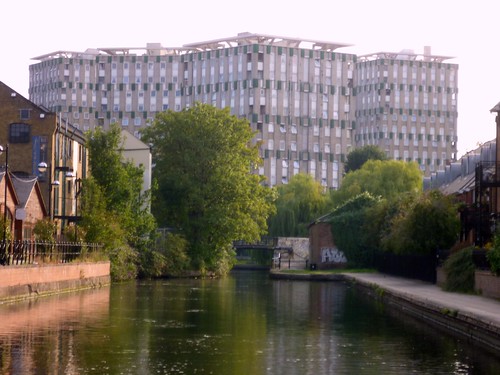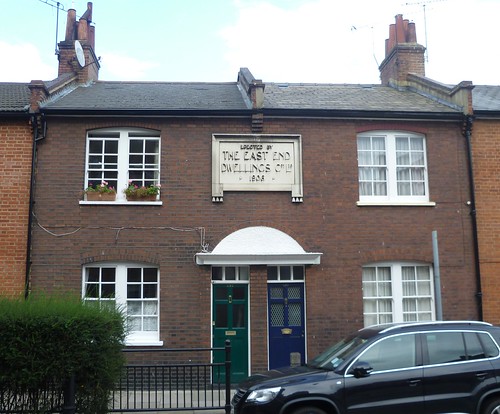The streets still retain the medieval layout and small lanes or alleys lead through, providing a sense of arrival from municipal car parks towards the river into main retail areas today. They also became areas where a degree of latitude allowed -for instance- an early Catholic chapel to be built after the machinery of church had been thoroughly taken over by the established state-Tudor version of protestantism. The release of Friary land spurred on commercial growth and part of the fabric of the friary ended up in nearby bar/restaurant Cruises (which popularly was believed to retain a legal exception of sanctuary from those days - exploited in literature). Any-road-up, it became incorporated as a town in the 17th century - still under the patronage of the O'Briens (by then Earls of Thomond). Chimneys have remained from this time - preserved in party walls retained when buildings either side successively got knocked. Details of survival like these draw the eye and provide points of interest in the fabric of the town.
In common with the rest of Ireland there was a period of prosperity toward the end of the 18th or beginning of the 19th century and Georgian style has dominated the town. Later buildings were often built in a kind of Neo-Geo style but latterly medieval motifs have been adopted in the older quarters. Inevitably, a ring of modern housing estates surround the town and a new main road bypass speeds traffic between between Galway and Limerick with Ennis barely registering as a spire or so poking up above the road landscaping.

The Liberator - O'Connell - lent his name to the former "Gaol Street" . I kid you not
For more - Click Here
-----------------------------
Update, Ennis was voted one of the 60 Great Places on the Planet. See my later blog http://londonlandscapeobservatory.blogspot.com/2011/10/liberator-in-ennis.html








